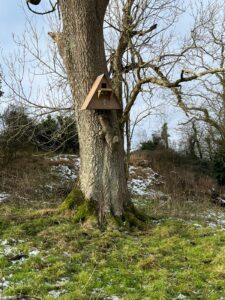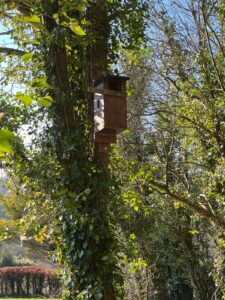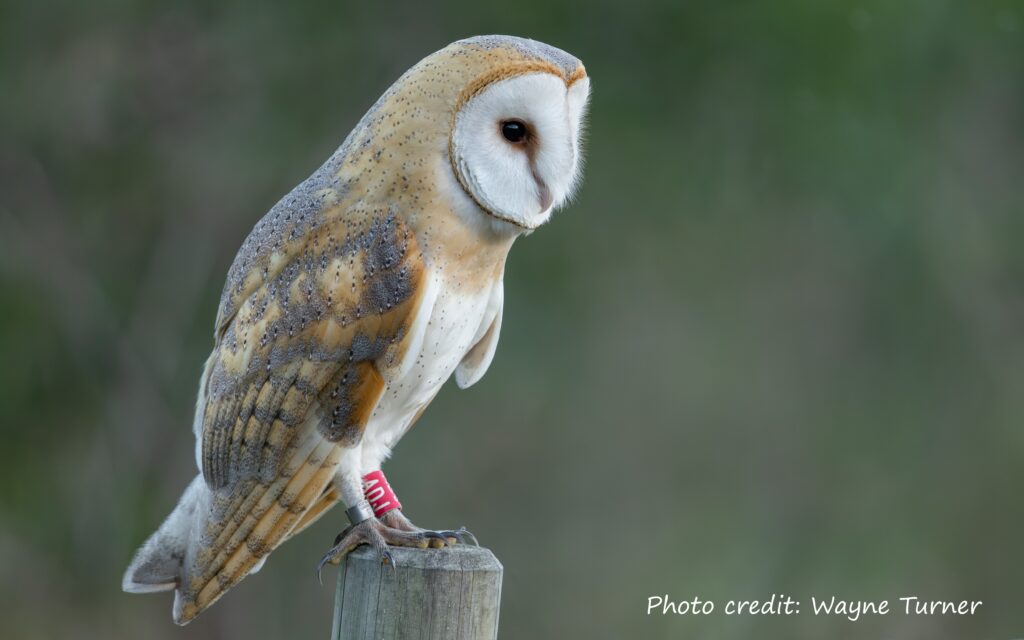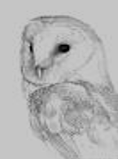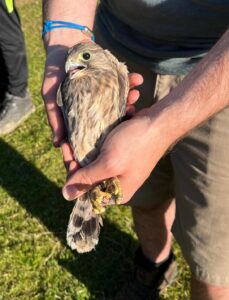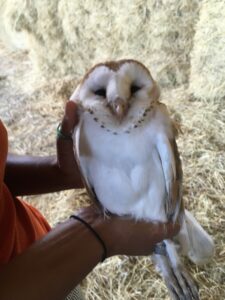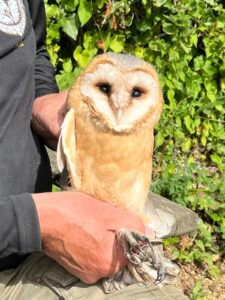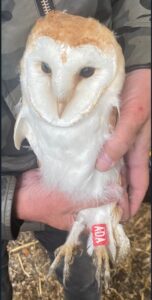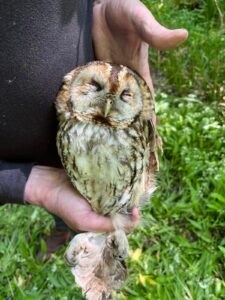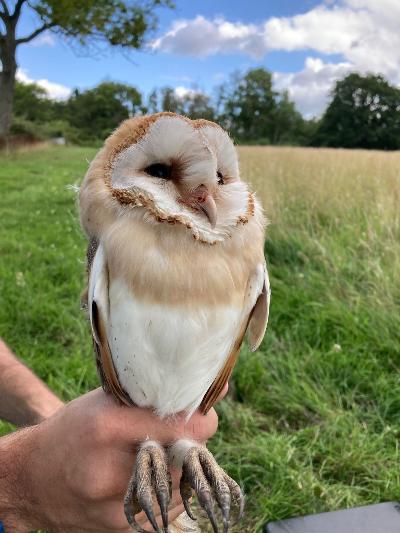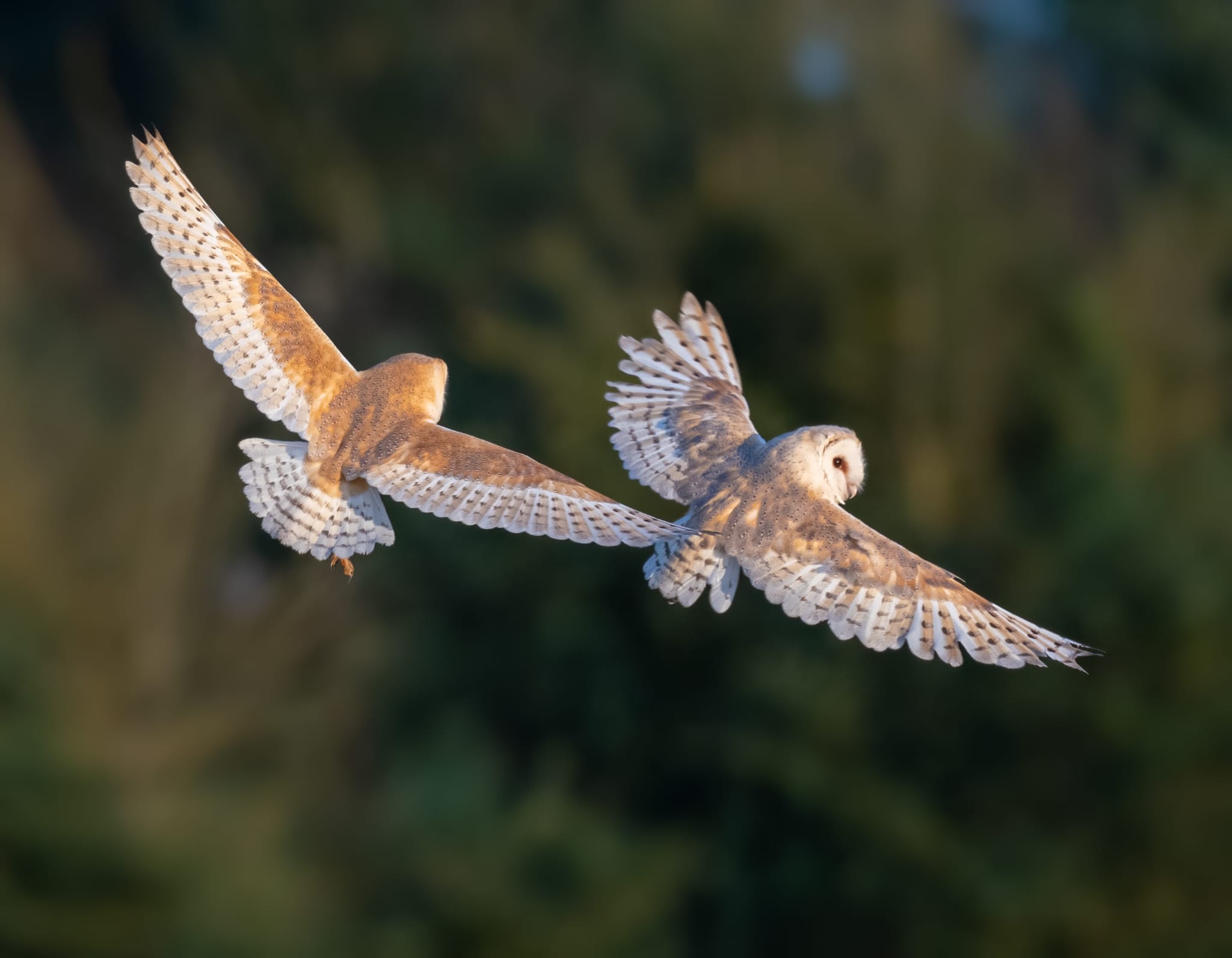The 2025 breeding season was a challenging one for barn owls in Sussex, with numbers much lower than we usually record. In fact, this year’s number of chicks ringed is just 10% of last year’s total. Despite this, the group carried out an impressive programme of monitoring across more than 200 boxes in East and West Sussex, leading to the following findings:
- 29 chicks were ringed, from broods ranging between one and four chicks.
- 16 new adults were discovered in boxes and fitted with both metal and colour rings.
- Five previously ringed adults were re-trapped, with four receiving additional colour rings.
- Three controls were trapped (birds ringed by other groups), showing movements of 5 km and 30 km – valuable data for understanding dispersal.
Altogether, 53 barn owls were recorded this season (29 chicks and 24 adults). We know other groups may have had similar results to ours; however, some have reported very good breeding outcomes. This raises the question of whether climate change is beginning to affect wildlife populations in the South East of England.
To better understand the cause, pellets have been sent for analysis to assess prey availability, particularly field voles. The dry conditions in early spring this year could have influenced vole abundance. These results will help shed light on the wider ecological factors influencing barn owl breeding success in Sussex.
Our thanks go to all the group ringers and volunteers for their dedication, travel, and equipment handling. Even in a challenging year, your efforts continue to make a real difference for barn owl conservation in Sussex.
Terry Hallahan, September 2025
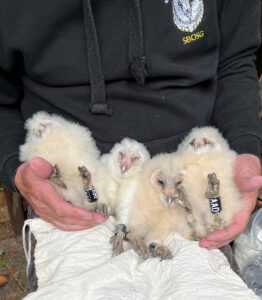
Our one and only 2025 brood of four.
Credit Alan Harris


